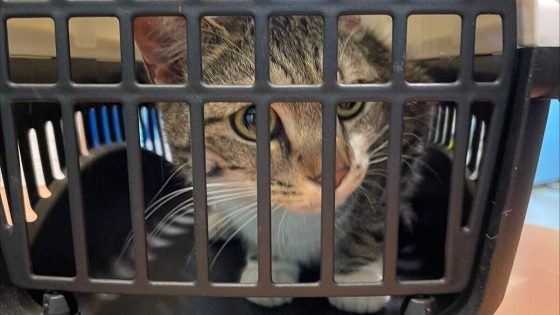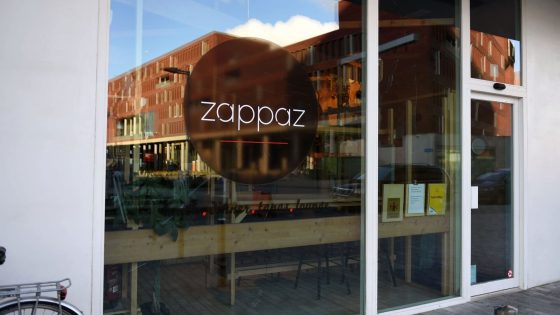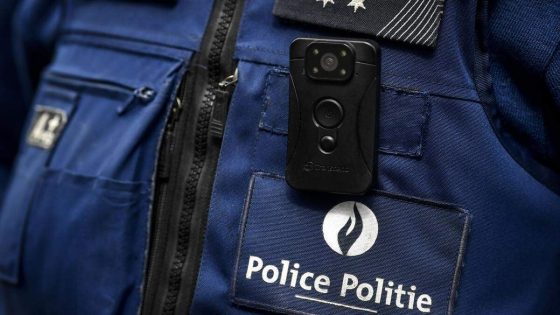Concerns over animal welfare sparked a police intervention in Antwerp’s Melgesdreef when a young cat was spotted wandering the streets unattended. On 2025-07-12 17:38:00, local residents alerted authorities, fearing the kitten’s owners had left it neglected during their month-long stay abroad.
- Neighbors alerted police about stray kitten
- Police found no caregiver, took kitten in
- Owners deny neglect, provide proof daily care
- Police did not verify neighbors' claims
- Sitter retrieved kitten from shelter Saturday
- Shelter confirmed kitten received proper care
The Merksem police team investigated and found no one caring for the cat, leading to its transfer to a veterinary clinic and then an animal shelter. However, the owners strongly denied these claims, providing evidence that two trusted sitters had cared for the cat daily. This unfolding situation raises important questions about verifying animal welfare reports in Belgium.
What happens when community concerns clash with owner assurances? How can authorities balance swift action with thorough fact-checking? The following fast answer sheds light on the key outcome for the local community.
This case underscores the challenges in responding to animal welfare alerts. While protecting vulnerable pets is crucial, miscommunication can cause unnecessary distress. Key points include:
- Community vigilance can prompt timely interventions but may rely on incomplete information.
- Owners can demonstrate care through documentation and communication, as seen with the Ring doorbell footage.
- Police procedures should include direct contact with owners to verify claims before action.
- Animal shelters play a vital role in assessing and safeguarding pet health during disputes.
Moving forward, Belgian authorities and communities should strengthen communication channels to avoid misunderstandings and ensure pets receive proper care without unnecessary upheaval. Could improved verification methods prevent similar incidents in the future?
































